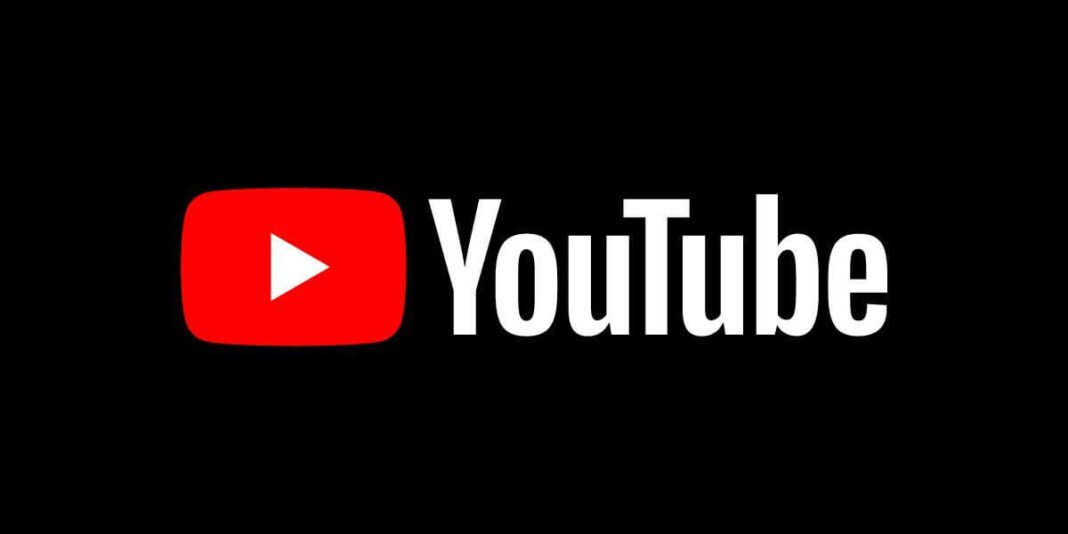If you do video marketing on YouTube and you want to monetize your videos, you should take into account the CPM and other metrics that will help you control the money you earn on YouTube and the performance of your channel. It is true that some of the metrics are similar to each other, but you must understand what the differences are, since they are the key factor to see where the income from advertising on this social network comes from.
Let’s see all the metrics with this article!
Table of Contents
CPM: the metric related to advertisers
The CPM , or cost per thousand is one of the key metrics payment of online advertising. Remember, the CPM on YouTube does not represent what you have earned per thousand impressions, but what the advertiser pays.
On YouTube you will find several metrics of this type, such as:
- CPM : indicates the cost that an advertiser has had to pay for their ad to appear in 1000 impressions of our video. Every time an ad is shown, an impression is counted.
- View-based CPM : Indicates how much an advertiser pays for every 1,000 views of a video that shows an ad.
How to know if the videos on your channel are monetizable?
CPM is important because it allows us to compare how monetizable the videos on our channel are . We will quickly realize that some themes have a much higher cost per thousand than others, since they are more interesting for advertisers and therefore are more in demand.
The interest of a topic for advertisers does not have to be directly related to the interest for users, that is, it is possible that videos on a certain topic attract many visits but have a low CPM and vice versa. Logically, if what we are interested in is getting the most economic performance out of our channel, we have to look for themes that bring many visits and that have good CPM . That is why it is so important to analyze the metrics!
Also, your income is not the equivalent of the CPM multiplied by the views of the video in question. First, because CPM is what the advertiser pays, and second, because not all views contain ads. If your videos don’t meet the proper YouTube content guidelines , no ads are shown on them; in other cases, it may be because at that very moment there is no advertisement available to include.
Suppose a video has 5,000 views, of which 1,000 had one ad and 500 had 2. That means there have been 2,000 individual ad impressions, but only 1,500 views with monetization and, on the other hand, 3,500 views that have not generated. any type of income for not including advertising.
Metrics related to your income
- Your estimated income . Total estimated (net) revenue from all transactions and ads sold by Google in the selected region and period. If you file your own tax return then this figure can be confusing, but crucial nonetheless. Estimated revenue is subject to an end-of-month adjustment and does not include advertising displayed or sold by partners or transactions.
- Your estimated ad revenue . Estimated revenue from AdSense and DoubleClick ads for the selected period and region. This amount does not include revenue from ads sold by partners.
- Ad impressions . Verified ad impressions that have been shown to the user.
- Estimated monetized views . A monetized replay refers to when a user is shown at least one ad impression while viewing your video. It also counts when a viewer abandons the playback during the pre-roll ad.
- Visualizations . Total views by region, period, and other selected filters.
- Youtube ad revenue . Estimated gross revenue from all advertising sources sold by Google or DoubleClick partners in the selected region and period. YouTube ad revenue is subject to month-end adjustment and does not include advertising displayed by partners. YouTube ad revenue should not be confused with revenue or net revenue, which takes into account revenue sharing arrangements.
- Your estimated DoubleClick earnings . Estimated revenue from advertising sold by reservation through DoubleClick (DCLK) and other sources sold through YouTube in selected region and period.
- Your estimated earnings from AdSense . Estimated revenue from advertising sold in auctions through AdSense in selected region and period.
- Your transaction income . Estimated (net) revenue from transactions, such as paid content and Fan Funding, after deducting collected partner refunds.
- Transactions . Number of paid content or Fan Funding transactions.
- Your transaction income . Average amount per transaction of paid content or Fan Financing.
- Your YouTube Premium income . Average amount per transaction of paid content or Fan Financing.
The most interesting metrics for you to review are “Estimated Revenue” and “Estimated Ad Revenue”, as they are the ones that tell you about your video revenue. The estimated revenue may be higher than the revenue from your ads, as the benefits from other sources are also included, such as the Channel Members feature, Youtube Premium, merchandising and Super Chat.














